Back to Courses

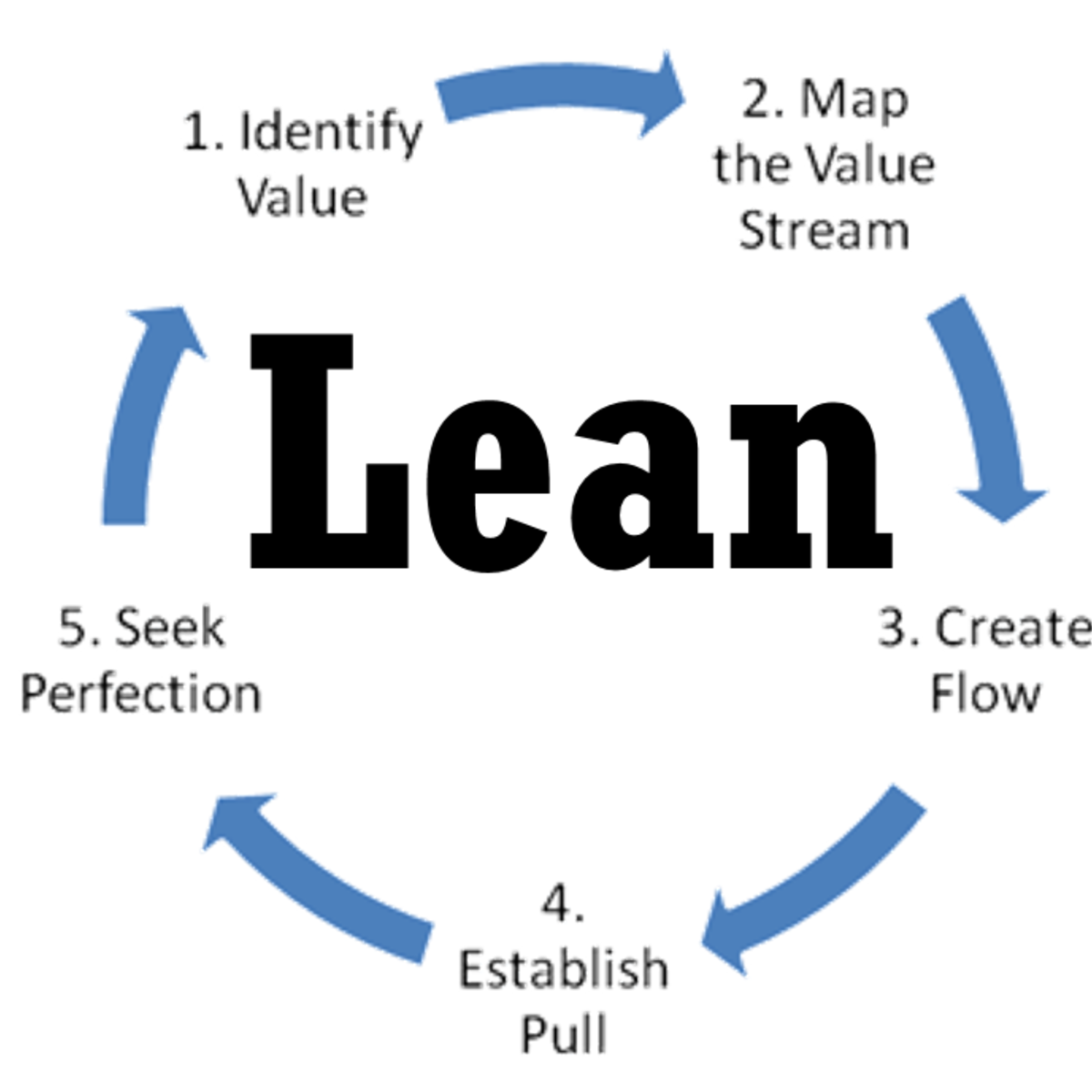
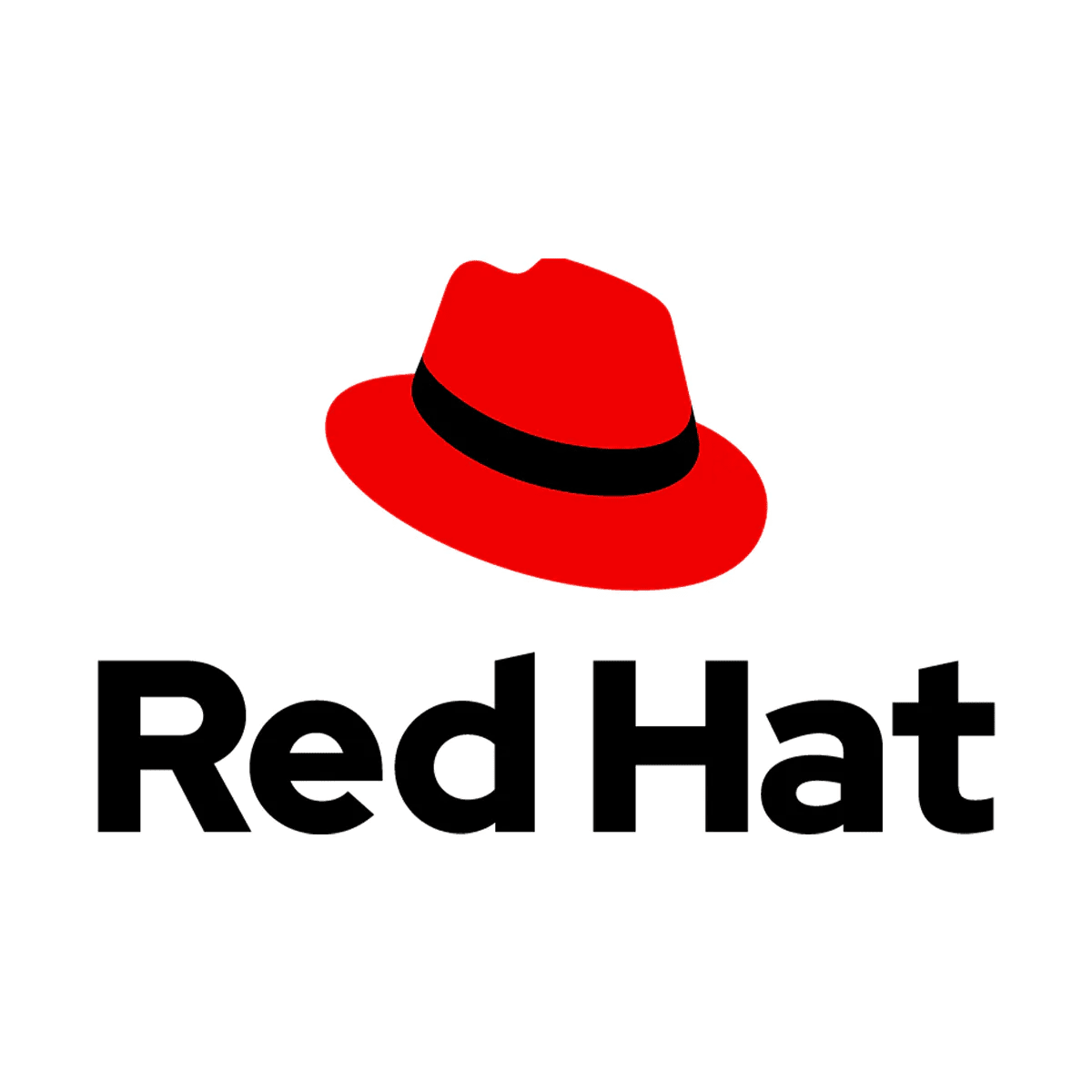
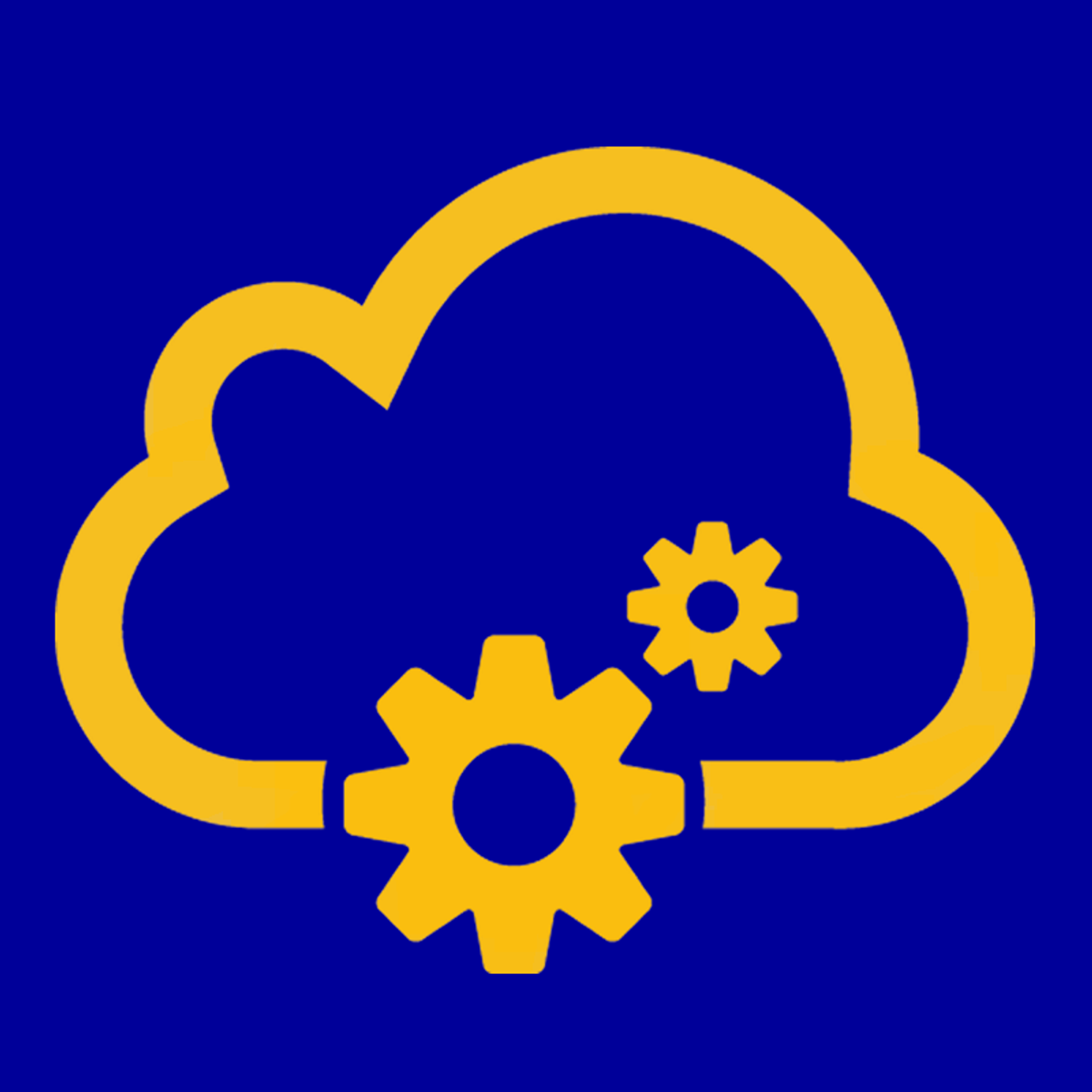
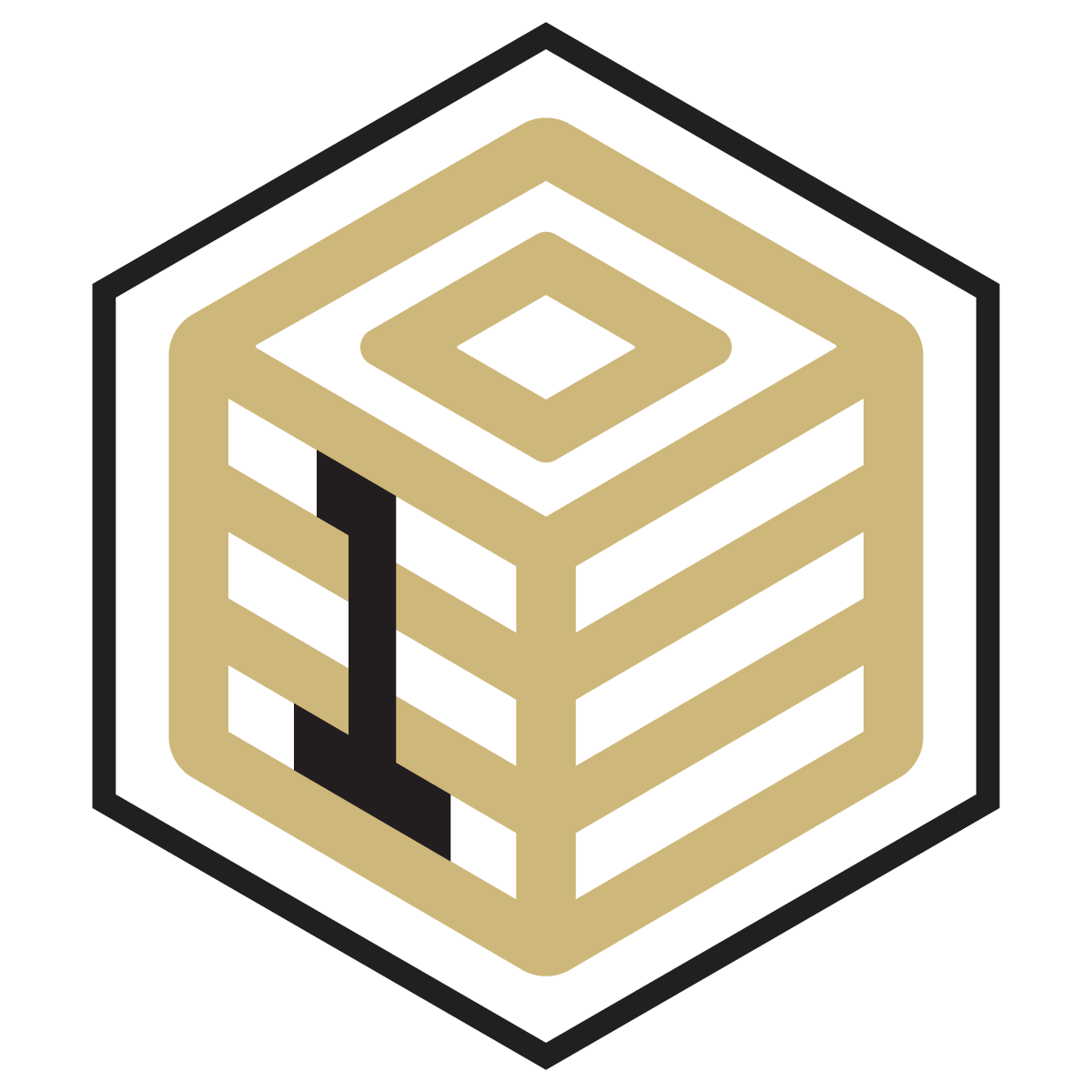
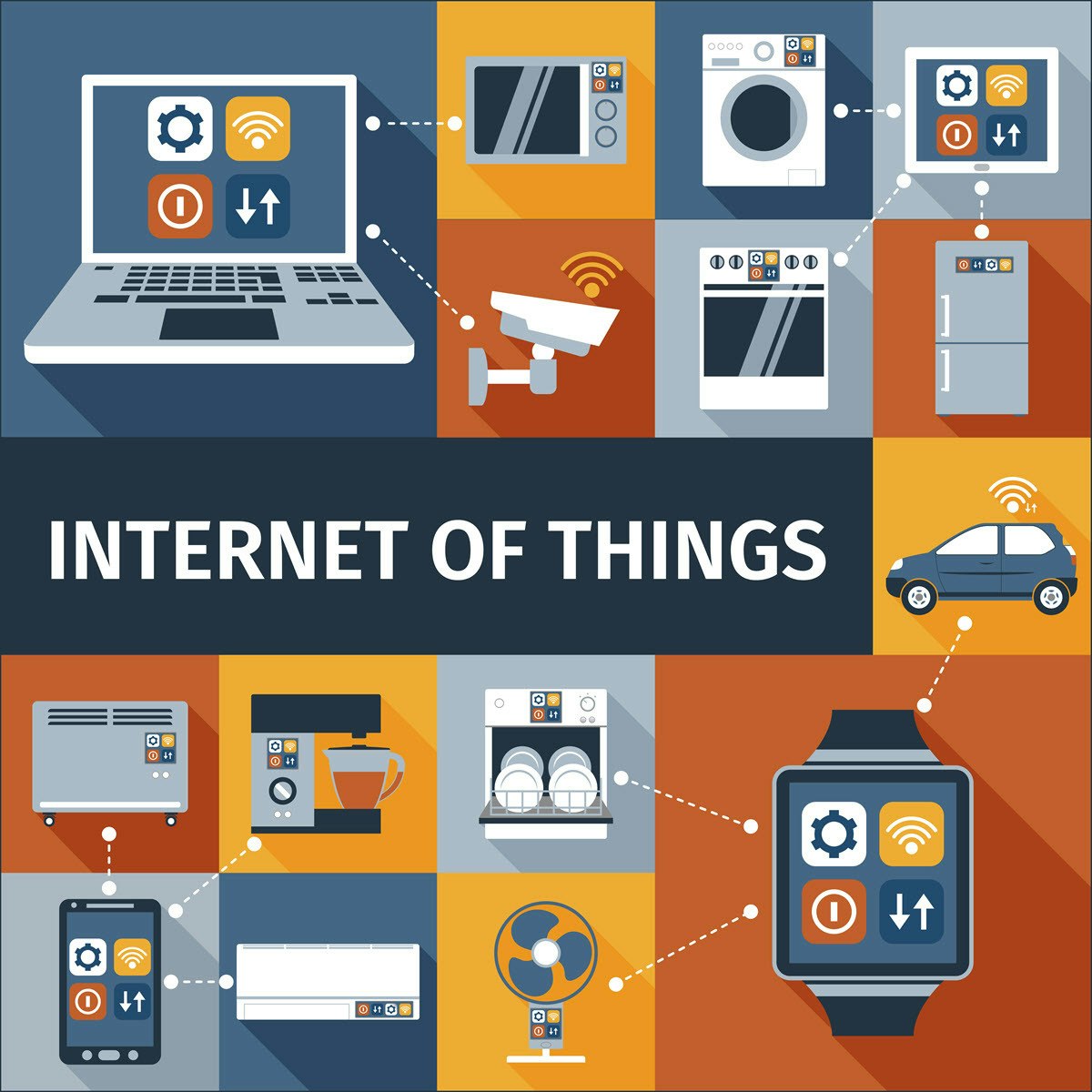

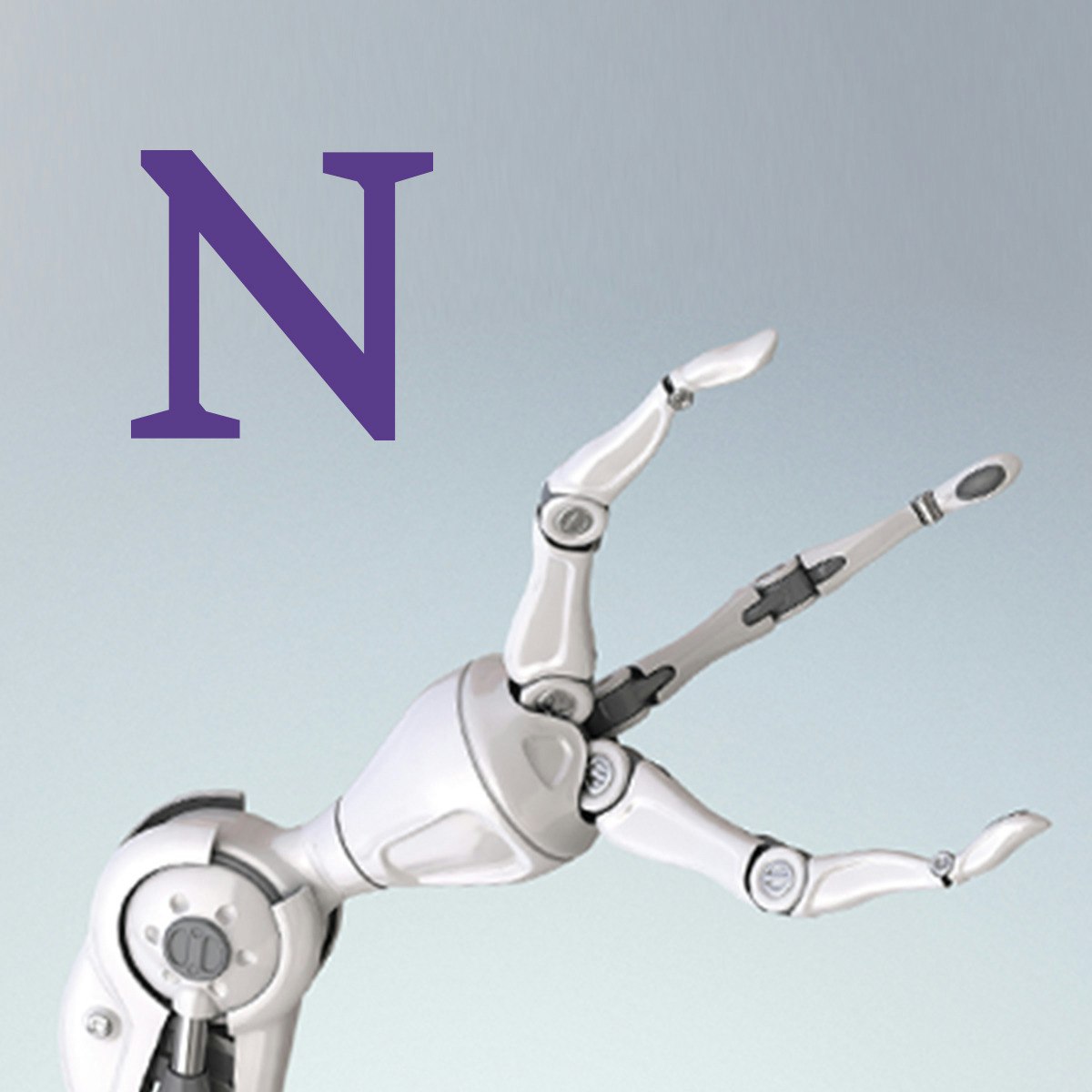
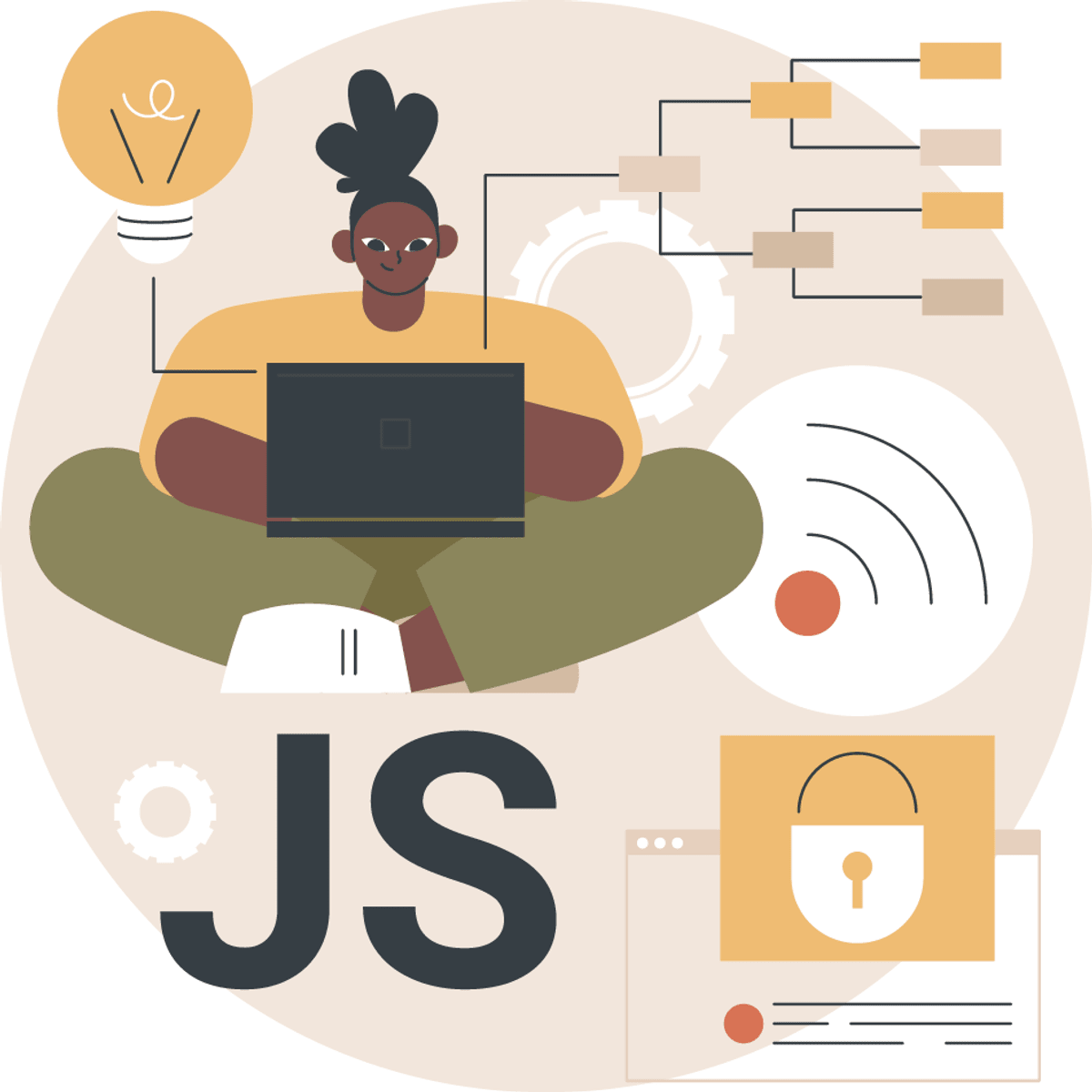
Software Development Courses - Page 107
Showing results 1061-1070 of 1266

Introduction to Python Programming
This course provides an introduction to programming and the Python language. Students are introduced to core programming concepts like data structures, conditionals, loops, variables, and functions. This course includes an overview of the various tools available for writing and running Python, and gets students coding quickly. It also provides hands-on coding exercises using commonly used data structures, writing custom functions, and reading and writing to files. This course may be more robust than some other introductory python courses, as it delves deeper into certain essential programming topics.

Introduction to SQL for BigQuery and Cloud SQL
This is a self-paced lab that takes place in the Google Cloud console.
In this lab you will learn fundamental SQL clauses and will get hands on practice running structured queries on BigQuery and Cloud SQL.

Lean Software Development
While scrum and XP were transforming the software development industry, there were another set of ideas (derived from lean manufacturing and Six Sigma) that started to influence software development methods. These ideas around Lean Software Development forms the foundation of number of agile methods.
In this course, we will explore lean concepts and cover some of the common Lean methods and techniques like Kanban, Value Stream Mapping, etc.
In this course, we will also learn techniques like Lean Startup and Design Thinking that can help team learn about user and market needs much faster and cheaper.
As part of this course, you will also apply the knowledge gained in this course to fictional case studies. These projects will help you gain experience to confidently apply these techniques in real world.
At the end of the course, you will be able to apply lean techniques / methods to software development. You will also be able to apply methods to learn about your users and market needs much faster and cheaper.

Advanced Application Management with Red Hat OpenShift
This course explores Red Hat OpenShift Container Platform (RHOCP) as a container orchestration platform. In this course, students will deploy applications to OpenShift. Students will learn how to let RHOCP containerize their source code, how to scale the deployments, and how to troubleshoot issues with the deployments.

HTML - Front-End Developer
This course is part of a 3-part specialization on web services. This course provides an introduction to HTML for front-end developers. Your instructor believes in learning based on a hands-on approach. As such, students are encouraged to complete multiple hands-on labs which allow students to practice what they learn.

Database Management Essentials
Database Management Essentials provides the foundation you need for a career in database development, data warehousing, or business intelligence, as well as for the entire Data Warehousing for Business Intelligence specialization. In this course, you will create relational databases, write SQL statements to extract information to satisfy business reporting requests, create entity relationship diagrams (ERDs) to design databases, and analyze table designs for excessive redundancy. As you develop these skills, you will use either Oracle, MySQL, or PostgreSQL to execute SQL statements and a database diagramming tool such as the ER Assistant or Visual Paradigm to create ERDs. We’ve designed this course to ensure a common foundation for specialization learners. Everyone taking the course can jump right in with writing SQL statements in Oracle, MySQL, or PostgreSQL.

Introduction to the Internet of Things and Embedded Systems
The explosive growth of the “Internet of Things” is changing our world and the rapid drop in price for typical IoT components is allowing people to innovate new designs and products at home. In this first class in the specialization you will learn the importance of IoT in society, the current components of typical IoT devices and trends for the future. IoT design considerations, constraints and interfacing between the physical world and your device will also be covered. You will also learn how to make design trade-offs between hardware and software. We'll also cover key components of networking to ensure that students understand how to connect their device to the Internet. Please note that this course does not include discussion forums.
Upon completing this course, you will be able to:
1. Define the term “Internet of Things”
2. State the technological trends which have led to IoT
3. Describe the impact of IoT on society
4. Define what an embedded system is in terms of its interface
5. Enumerate and describe the components of an embedded system
6. Describe the interactions of embedded systems with the physical world
7. Name the core hardware components most commonly used in IoT devices
8. Describe the interaction between software and hardware in an IoT device
9. Describe the role of an operating system to support software in an IoT device
10. Explain the use of networking and basic networking hardware
11. Describe the structure of the Internet
12. Describe the meaning of a “network protocol”
13. Explain MANETs and their relation to IoT

Omnibond: Creating an HPC Environment in Google Cloud with CloudyCluster
This is a self-paced lab that takes place in the Google Cloud console.
In this lab, you create a complete turn-key High Performance Computing (HPC) environment in Google Cloud. This environment will provide the familiar look and feel of on-prem HPC systems but with the added elasticity and scalability of Google Cloud.
In this lab you see how CloudyCluster can easily create HPC/HTC jobs that will run on-prem or in CloudyCluster on Google Cloud. You can rely on the familiar look and feel of a standard HPC environment while embracing the capabilities and elasticity of Google Cloud. The HPC jobs can be easily configured to support many instance types including GPU, preemptible, and any number of memory & CPU configurations. You will always have the latest computational technology at your fingertips.
With CloudyCluster, users can now take advantage of the GUI developed by Open OnDemand. In this lab you will be able to experience many of the Open OnDemand HPC tools. Upload and download files with a file browser-like interface. Draft job scripts with the built-in web editor. Spin-up new computing instances and have them tear down automatically after your specified work window. The current release includes JupyterLab via JupyterHub and Cloudy desktop capabilities.
As part of Google Cloud and CloudyCluster you have a vast array of storage technologies available to you. In this lab you will take advantage of High Performance Parallel Storage for job execution.

Modern Robotics, Course 6: Capstone Project, Mobile Manipulation
The capstone project of the Modern Robotics specialization is on mobile manipulation: simultaneously controlling the motion of a wheeled mobile base and its robot arm to achieve a manipulation task. This project integrates several topics from the specialization, including trajectory planning, odometry for mobile robots, and feedback control. Beginning from the Modern Robotics software library provided to you (written in Python, Mathematica, and MATLAB), and software you have written for previous courses, you will develop software to plan and control the motion of a mobile manipulator to perform a pick and place task. You will test your software on the KUKA youBot, a mobile manipulator consisting of an omnidirectional mecanum-wheel mobile base, a 5-joint robot arm, and a gripper. The state-of-the-art, cross-platform V-REP robot simulator will be used to simulate the task.

Server side JavaScript with Node.js
Have you ever wondered how you are able to do net banking or book a ticket online? Which technology is adopted for applications used in different businesses?
Backend technology acts as a backbone to every web application. It typically includes all services, data interfaces and their core business logic.
This course will introduce you to the Node.js environment and help you design and develop backend or server-side of the application. It also provides you with hands on coding exercises and will enable you to build JavaScript programs and test and execute them in the Node.js environment.
Popular Internships and Jobs by Categories
Browse
© 2024 BoostGrad | All rights reserved


